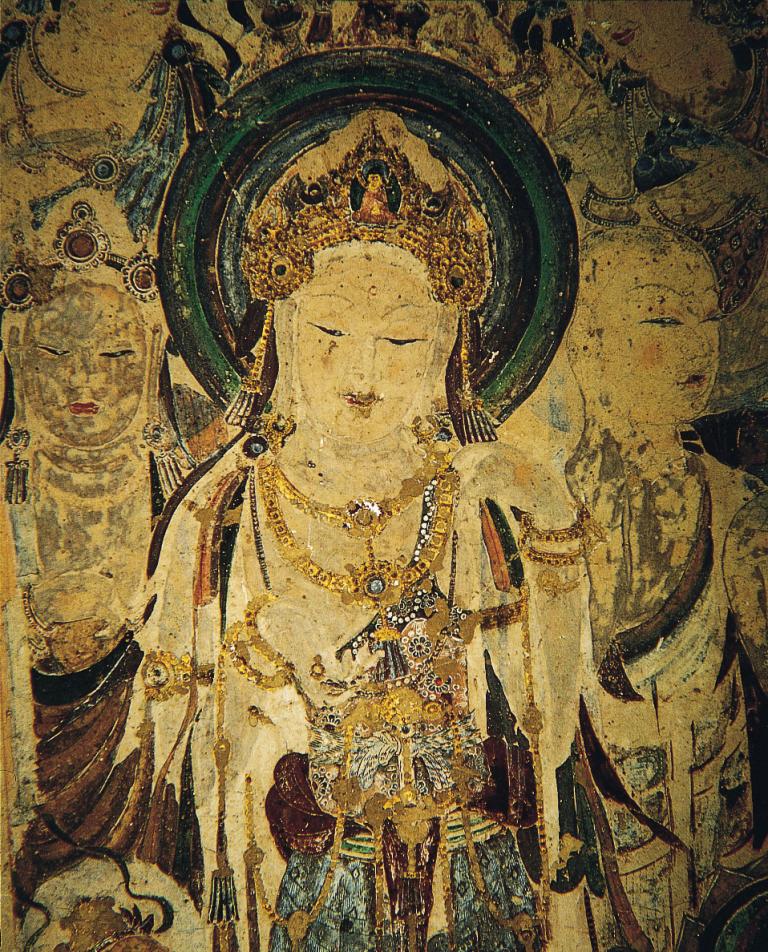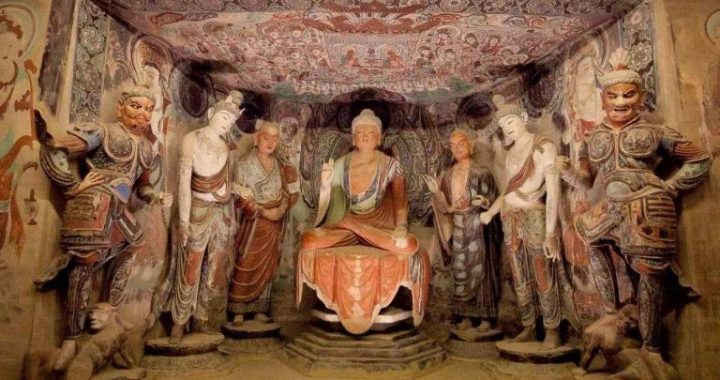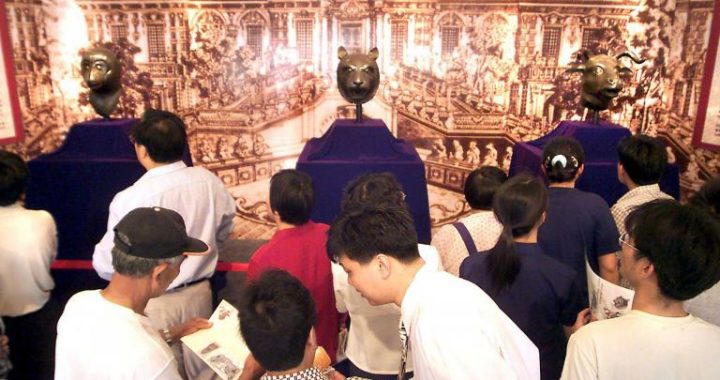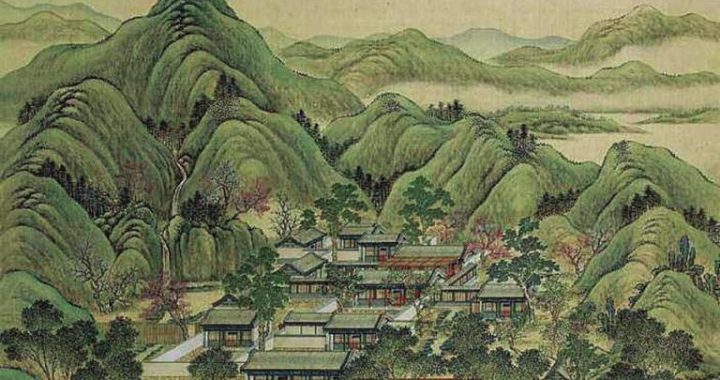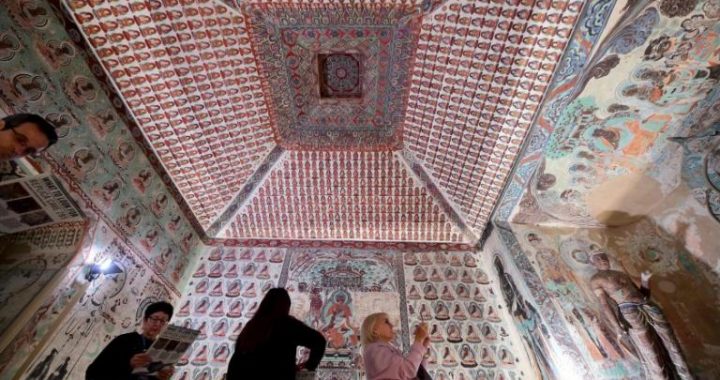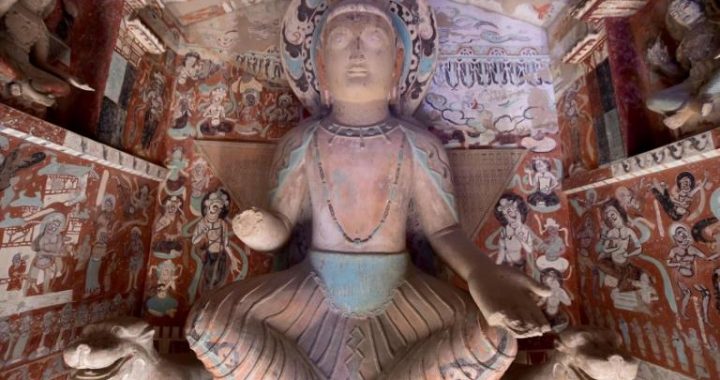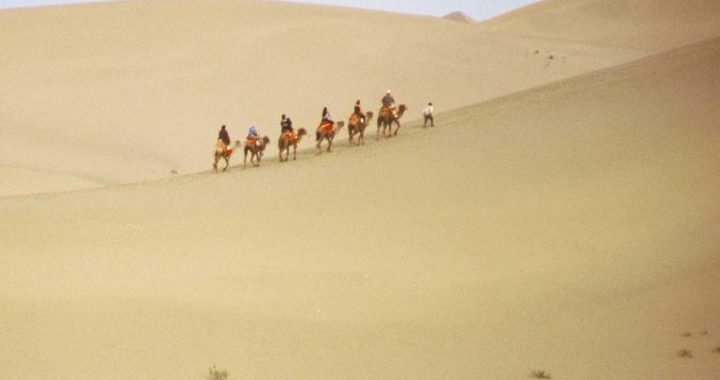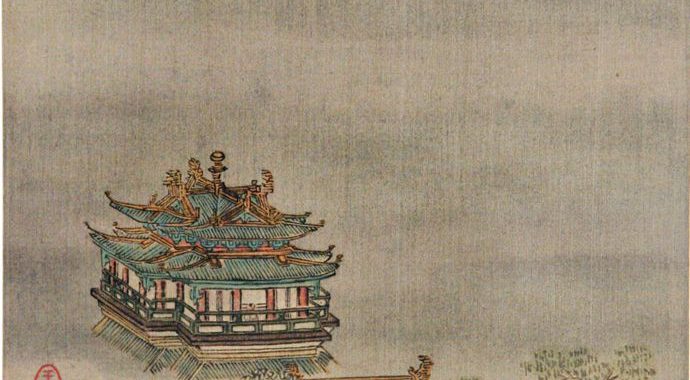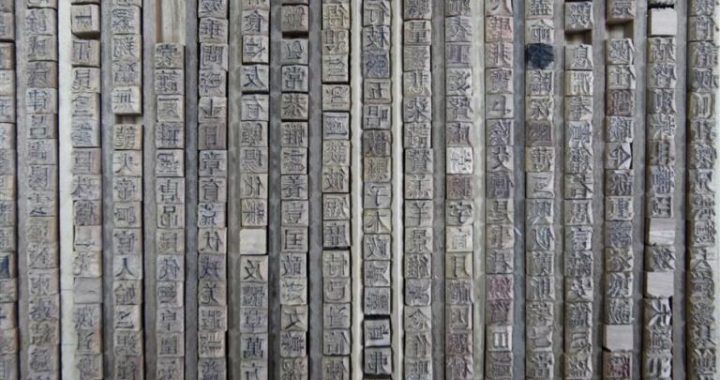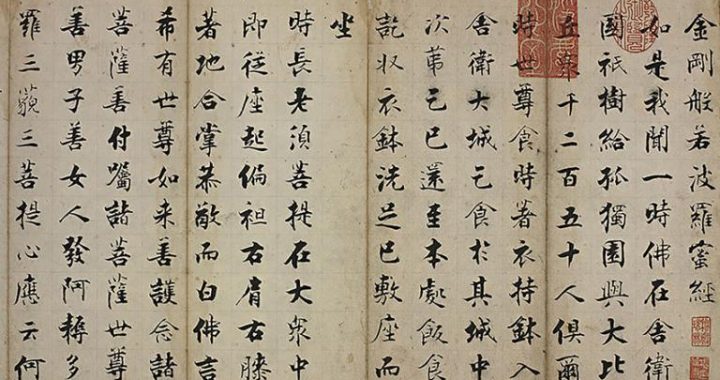Sui and Tang dynasties Dunhuang
4 min readIn the beginning of the Sui, with the removal of threat in the northwest from the Turks, the Silk Road was clear again, and there was an endless stream of merchants from the Western Regions to Hexi. The Sui dynasty reinforced its command of Hexi and took various measures to directly control the trade with the kingdoms of the Western Regions and the minority ethnic groups in the northwest. Pei Ju, an official of that period, took charge of many market trades in Zhangye and invited in all kings, envoys, and merchants. In the 6th month of the 5th year of Daye(609), Emperor Yangdi of the Sui led his troops on an expedition, marching from the capital city of Chang’ an (the current Xi’ an) via Longxi of Gansu, westward up Qinghai, across Qilian Mountains, up northward by Dadouba valley to Zhangye in Hexi Corridor.
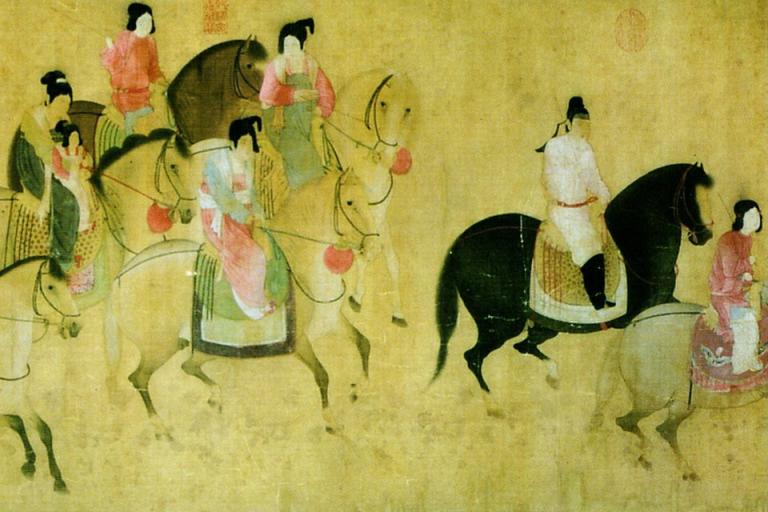
Qu Boya, king of Qoco, Tutunshe of Hami, and messengers of 27 kingdoms in the Western Regions came one after another to pay their homage and expressed their submission.
Merchants of all kingdoms gathered at Zhangye for business. In order to display the wealth of the dynasty, Emperor Yangdi of the Sui ordered that people of Wuwei and Zhangye come to greet him along the route in festival costumes and he presided in person over the trade convention on the Silk Road known as “exposition of 10,000 kingdoms.”This trade was unprecedented in scale and could be called “the earliest world trade convention.”Emperor Yangdi was the only emperor of China who visited Hexi not for military purpose. The market trades held by Pei Ju powerfully promoted the development of Hexi, stimulated the economic prosperity in this region, and turned Zhangye, Wuwei, and Dunhuang into the economic center of the northwest, and placed them among world trade metropolitan towns then.
In the Tang Dunhuang, there were galaxies of talented people, developed commerce and trade, and intermingled nationalities, and together with Xinjiang they served as a point of confluence for the four long-lived, widespread, independent and influential major cultural systems (Chinese, Indian, Greek, and Islamic). At that time,a number of 13 villages in Dunhuang were inhabited by tens of thousands of people of Han, Tibetan, Persian, Huihu, Korean, and the Nine Zhaowu families like Kang, An, Cao, Shi, etc. These people were living together, holding their own religious faiths and observing different habits and customs. Here Confucianist learning, Buddhism, Taoism, Manicheism, Zoroastrianism, and Nestorianism were sidby side, compatible and complementary with each other. According to historical records and manuscripts unearthed in Dunhuang, there was a total of nearly 100 monasteries, temples, shrines, and abbeys in Dunhuang from the Western Jin to the Five Dynasties and the early Song, among which 17 monasteries were founded in the reign of the Return-to-Allegiance Army Regime with a population of over 1,100 monks and nuns.
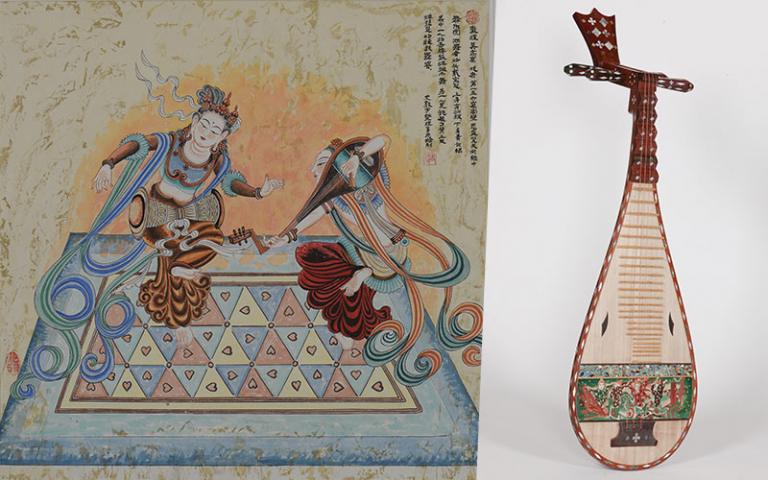
In the high-Tang period, an irrigation system of three rivers,a hundred canals, eight springs and ten ponds was formed, of which the trunk and branches of the Danghe river added up to over 700 1i. Stock raising grew steadily; average plowing land per capita exceeded ten mu; greenbelt occupied 71% of the total urban area with forests of fruit trees; grain production was more than sufficient with surplus grains transported downstream of the Yellow river to granaries at Taiyuan for year of crop failure in central Shaanxi. The commodity economy in Dunhuang was flourishing and the market was filled with silk and porcelain from the Central Plains, jade and jewelry from the Western Regions, textiles, camels and horses from the north, as well as local produce.
As an important foundation of humanistic cultivation, school education in Dunhuang attracted attention. The local state-own schools not only taught the Confucian classics; they organized medicine, learning of yin and yang, Neo-Confucianism, skills and other professional training programs. Private schools flourished, too. The teachers were normally big Confucianist scholars from aristocratic or well-known families. More remarkable, schools were also held in monasteries supported by local authorities, and therefore the equipment of teaching staff and supply of courses were often superior to the state own schools and what was taught more profound and solid, so that the children of many officials were sen to these schools for elementary education. Therefore, it was the unique humanistic environment, constant commercial activities, advanced handicraft industry, serried shops and stores, wealthy monasteries and temples, and cultural and artistic activities supported by the affluent society that made Dunhuang a famous international city of culture where communication between China and other nations took place.
